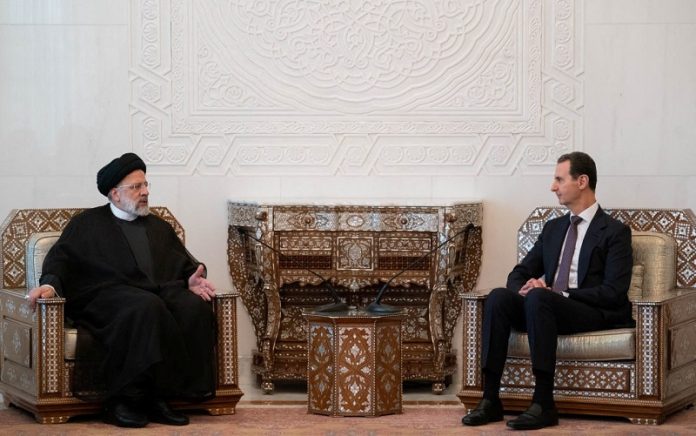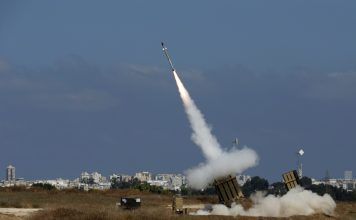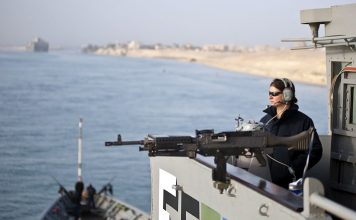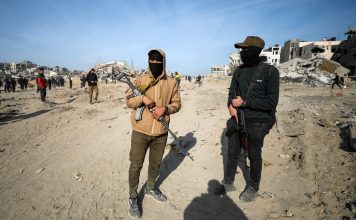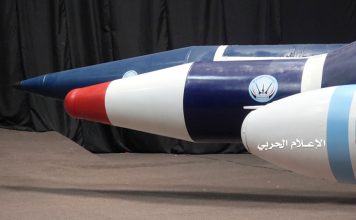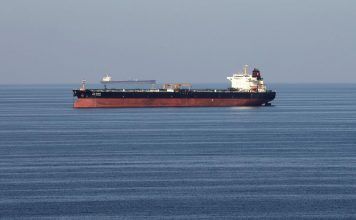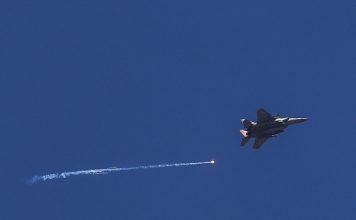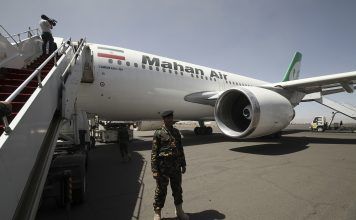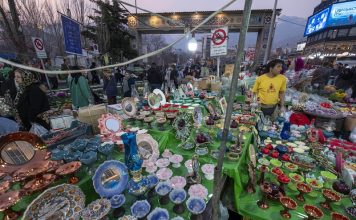BEIRUT, May 18 (Reuters) – President Bashar al-Assad has always seen time as an ally in the Syrian civil war, along with the Iranian and Russian firepower that helped him defeat his enemies, according to sources familiar with his thinking.
After more than 12 years of civil conflict that made him a reviled figure to much of the world and killed 350,000 people, his strategy appears have paid off as Arab states that once shunned him welcome him back into the Arab League.
It marks the latest twist in the path of a leader who once aimed to become an eye doctor but found himself being groomed to succeed his father, Hafez al-Assad, as head of state after his older brother Basil was killed in a car crash in 1994.
His presence at an Arab summit in Jeddah on Friday hosted by Saudi Arabia appears to seal his rehabilitation in the region – a diplomatic triumph alongside the military victory he proclaimed years ago, though much of Syria is outside his grasp.
EXCLUSIVE-Iran Exploits Quake Relief Mission To Fly Weapons to Syria -Sources
It would have been unthinkable earlier in the conflict when Gulf Arab states swung behind rebels battling to oust Assad, and then U.S. President Donald Trump branded him an “animal” for using chemical weapons – an accusation he routinely denied.
Assad, 57, owes his survival in large part to Iran and Russia. But geopolitical shifts in the Middle East have strengthened his hand as the region’s most powerful states pursue entente over conflict, among them Assad’s Shi’ite Islamist backers in Tehran and their Sunni rival Saudi Arabia.
But Assad always saw time as an ally.
“Syrian foreign policy is all about waiting for everyone else to come around to their position – just waiting and taking the punishment on the assumption their enemies will tire before they do. That has worked out for Bashar al-Assad – to an extent,” said Aron Lund of Century International.
Western sanction remain in place, however, with no sign at all that will change soon.
REFORMS AND REPRESSION
Upon becoming president in 2000, Assad appeared to adopt liberal reforms, an optimistic moment painted as “the Damascus Spring”.
He released political prisoners, allowed free-speaking salons, made overtures to the West, and opened the state-run economy to private companies.
His marriage to British-born former investment banker Asma Akhras helped foster hopes he could take Syria down a more modern and reformist path after his father’s three-decade rule.
But with the political system he inherited left intact, signs of change quickly dried up.
Dissidents were jailed and economic reforms contributed to what U.S. diplomats described, in a 2008 embassy cable released by WikiLeaks, as “parasitic” nepotism and corruption.
While the elite did well, drought was driving the poor from rural areas to slums where the revolt would blaze.
His rule came to be defined by the civil war which spiralled out of the 2011 Arab Spring, when Syrians demanding democracy took to the streets only to be met with deadly force.
Assad saw the war as a foreign-backed conspiracy against a proud Arab state that opposed the United States and its Middle Eastern allies, especially Israel.
Helped by Russia’s air force and Iran-backed militias, Assad clawed back the bulk of Syria in years of conflict, deploying siege warfare to recover areas such as eastern Ghouta – a tactic condemned as “medieval” by U.N. investigators.
The determination with which he set about crushing his enemies drew comparisons with his father, who defeated insurgents in Hama in the early 1980s.
Justifying his response, Assad compared himself to a surgeon cutting into a wound.
“Do we say to him: ‘your hands are covered in blood?’ Or do we thank him for saving the patient?” he said in Syria’s parliament in 2012.
Even in the early years of the conflict, as rebels seized town after town, he appeared confident of victory.
But while he took back most of Syria, swathes of the country remained outside state control, cities were flattened, the death toll topped more than 350,000 people, and a quarter or more of the population fled abroad.
Assad enjoyed the backing of those Syrians who believed he was saving their country from insurgents bent on replacing him with hardline Sunni Islamist rule.
As al Qaeda-inspired groups gained prominence in the insurgency, this fear resonated among minority groups, including the Alawite sect which formed the backbone of his rule over the Sunni majority country.
Critics accused Assad of fuelling sectarianism.
The war’s sectarian edge was hardened by the arrival of Iran-backed Shi’ite fighters from across the Middle East to support Assad, spearheaded by Lebanon’s Hezbollah, and as Sunni Muslim-led states Turkey, Qatar and Saudi Arabia backed rebels.
Iranian President in Damascus for First Visit Since Syrian War Began
‘RED LINES’
While Iran stood by Assad, the United States failed to enforce its own “red line” set by President Barack Obama in 2012 against the use of chemical weapons.
U.N.-backed investigations have concluded the state used chemical weapons, including sarin and chlorine, on its own people.
The deadliest was a 2013 sarin gas attack on Ghouta that killed hundreds of people but prompted no Western military response.
The threat of a U.S. missile strike was averted when Moscow brokered a deal for Syria’s chemical weapons to be destroyed.
But poison gas continued to hit rebel areas. One such attack prompted then U.S. President Donald Trump to order a cruise missile attack.
Assad consistently denied accusations the state was to blame. He also denied the army had dropped barrel bombs – barrels packed with explosives that kill indiscriminately.
He dismissed tens of thousands of photos showing the torture of people in government custody as part of a Qatar-funded plot.
As fighting died down, Assad accused Syria’s enemies of turning to economic warfare. And in the aftermath of the deadly Feb. 6 earthquake, Arab states which once backed his opponents began publicly opening doors to him once more.
(Reporting by Tom Perry, Laila Bassam and Maya Gebeily; Editing by Angus MacSwan)

